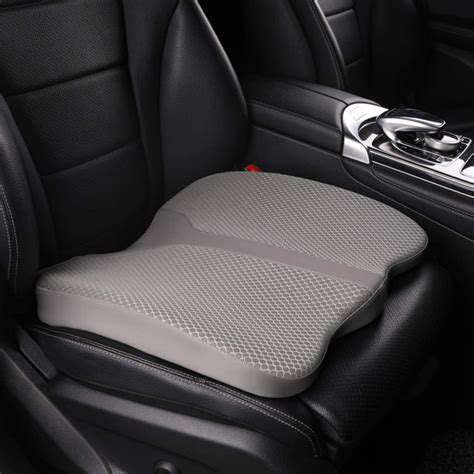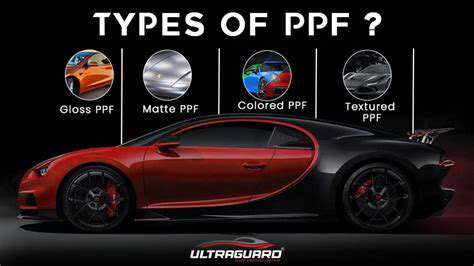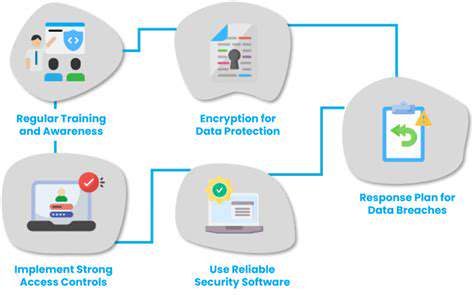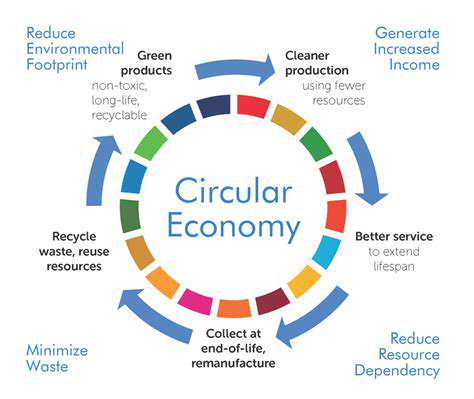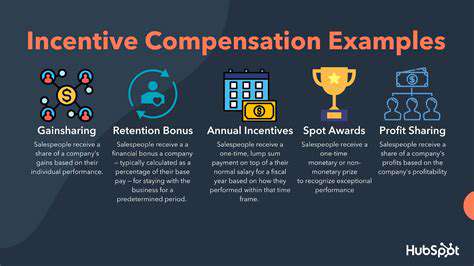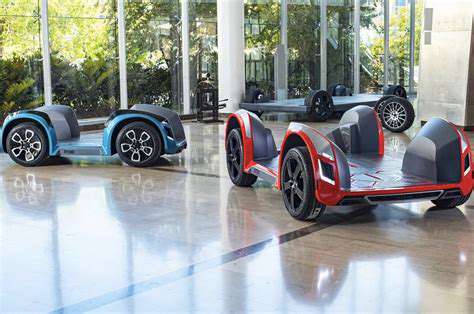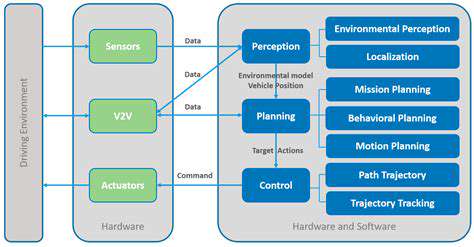The Rise of CAN and LIN: Building the Foundation for Modern Connectivity
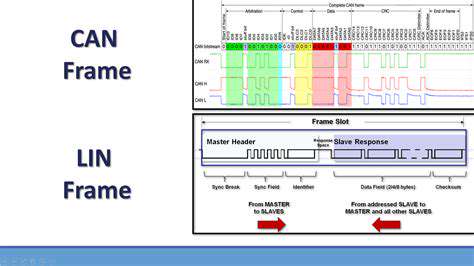
The Foundation of Modern Automotive Networks
In the late 1980s, engineers at Bosch developed CAN (Controller Area Network) to address growing wiring complexity in vehicles. Simultaneously, LIN (Local Interconnect Network) emerged as a cost-effective solution for simpler components. These protocols transformed vehicle architecture by enabling seamless communication between electronic control units (ECUs). Modern cars now contain over 100 ECUs working in concert, thanks to these technologies.
The automotive industry adopted CAN because it could withstand engine heat, vibration, and electromagnetic interference better than previous solutions. Its message-based protocol allows systems to share data without a central computer, creating a robust distributed network. LIN complemented this by handling less critical functions like window controls and mirror adjustments at lower cost.
Expanding Capabilities and Enhanced Functionality
Today's advanced driver assistance systems (ADAS) rely heavily on CAN's real-time capabilities. When you engage adaptive cruise control, multiple systems communicate via CAN: radar sensors measure distance, the engine control unit adjusts speed, and the instrument cluster updates your display—all within milliseconds. This coordination would be impossible with traditional wiring harnesses.
Manufacturers particularly value LIN's plug-and-play flexibility when adding new features. For example, adding heated seats to a model year requires minimal wiring changes because LIN networks can easily incorporate new nodes. This modularity has accelerated feature innovation while controlling costs.
The 2024 Ford F-150 demonstrates this integration, using CAN for critical systems like braking and LIN for comfort features. During emergency braking, CAN ensures the ABS, stability control, and engine management systems react in perfect synchronization, potentially preventing accidents.
Future Trends and Innovations
As vehicles evolve toward full autonomy, CAN FD (Flexible Data-rate) addresses bandwidth limitations by increasing data rates up to 8 Mbps. Engineers are also developing CAN XL to support 10+ Mbps for lidar and high-resolution camera data. These enhancements maintain CAN's reliability while meeting autonomous systems' massive data demands.
The upcoming ISO 21434 cybersecurity standard will reshape how CAN networks handle security, requiring hardware-level message authentication. This becomes critical as connected cars increasingly interact with infrastructure and other vehicles, creating potential attack surfaces that didn't exist in earlier automotive designs.
The Dawn of Wireless Connectivity: Bluetooth and Wi-Fi in the Car
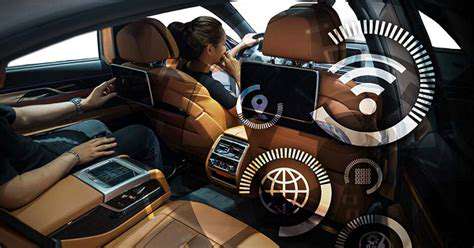
Early Wireless Pioneers and the Vision
In 1994, Ericsson engineer Jaap Haartsen began developing what would become Bluetooth, solving a specific problem: eliminating cables between mobile phones and headsets. His work coincided with the formation of the Bluetooth Special Interest Group in 1998, which included Intel, Nokia, and Toshiba. These companies recognized that standardizing short-range wireless would unlock countless applications beyond hands-free calling.
Haartsen's breakthrough was frequency hopping—switching between 79 channels 1,600 times per second—which made Bluetooth resistant to interference in crowded RF environments like vehicles. This reliability became crucial when automakers began integrating wireless technology into moving platforms with complex electromagnetic conditions.
Key Technological Advancements
The 2004 introduction of Bluetooth 2.0 with Enhanced Data Rate (3 Mbps) enabled the first practical in-car phone integration. Suddenly drivers could stream address books to dashboards and control music playback wirelessly. Meanwhile, 802.11 Wi-Fi gained traction after the 802.11n standard (2009) delivered reliable 150+ Mbps speeds—sufficient for streaming high-quality navigation maps and firmware updates.
Modern vehicles combine both technologies strategically: Bluetooth Low Energy (introduced in Bluetooth 4.0) handles constant connections like keyless entry, while Wi-Fi 6 (802.11ax) manages data-intensive tasks like over-the-air updates. The 2023 Mercedes-Benz EQS demonstrates this perfectly, using Bluetooth for phone pairing while employing Wi-Fi 6 for 30-minute software updates that would take hours via cellular.
The Impact on Society and Industry
Wireless connectivity has fundamentally changed consumer expectations about vehicles. A 2023 J.D. Power survey found 67% of buyers consider advanced Bluetooth integration more important than horsepower when choosing a new car. This shift forced automakers to partner with tech companies—leading to collaborations like Apple CarPlay (2014) and Android Auto (2015) that transformed dashboards into smartphone extensions.
The effects extend beyond convenience. GM's OnStar system uses embedded 4G LTE to automatically call emergency services after crashes, saving an estimated 1,000+ lives annually in the U.S. alone. Similarly, real-time traffic data via connected systems saves the average commuter 50+ hours annually by optimizing routes, according to INRIX research.
Developing practical skills in satellite construction and assembly is crucial for future engineers and scientists. Students at Stanford's Space Technology Center gain hands-on experience through the CubeSat program, building functional satellites the size of cereal boxes. These projects teach critical skills like RF communication system design and thermal management—knowledge directly transferable to automotive connectivity systems.
The Emergence of Dedicated Automotive Standards: The Future of Connectivity
The Growing Need for Standardized Protocols
As vehicles transformed into computers on wheels, the industry faced a Tower of Babel problem. By 2010, automakers used 20+ incompatible protocols, forcing suppliers to create multiple versions of components. The AUTOSAR partnership (founded 2003) established common software architecture, but hardware interoperability remained challenging until the 2015 introduction of Ethernet Automotive Protocol.
This standardization effort paid dividends. Today, a single Ethernet backbone can replace dozens of legacy networks, reducing wiring weight by up to 30%. The Porsche Taycan pioneered this approach in 2019, using IP-based communication to achieve data rates 1,000x faster than CAN for camera and sensor systems.
Addressing the Challenges of Cybersecurity
The 2015 Jeep Cherokee hack—where researchers remotely controlled a moving vehicle—highlighted urgent security needs. In response, the UN established WP.29 regulations in 2020, mandating cybersecurity management systems for all new vehicles. These rules require:
- Secure boot processes for ECUs
- Over-the-air update authentication
- Intrusion detection systems
Tesla's defense-in-depth approach illustrates modern best practices, combining hardware security modules, cryptographic key rotation, and a bug bounty program that's paid researchers over $1 million for vulnerability disclosures since 2014.
The Future is Connected: Beyond the Road Ahead
The Rise of Autonomous Vehicles
Waymo's 2023 announcement to expand its robotaxi service to Los Angeles marks a turning point. Their fifth-generation system processes 20 million sensor calculations per second—equivalent to 100 average laptops—using a combination of CAN FD for vehicle control and 5G for cloud connectivity. This dual-network architecture enables real-time decision making while maintaining failsafe mechanical controls.
Data Security and Privacy Concerns
The EU's 2024 Connected Vehicles Data Act establishes strict rules for data collected by vehicles, requiring:
| Data Type | Retention Limit | Access Controls |
|---|---|---|
| Location history | 30 days | Driver approval required |
| Biometric data | Immediate anonymization | No third-party sharing |
| Driving behavior | 6 months | Insurer access only with consent |
BMW's 2025 i7 implements these requirements using blockchain-based consent management, giving owners granular control over 200+ data points through their smartphone app. This approach balances innovation with privacy—a model other manufacturers are rapidly adopting.
